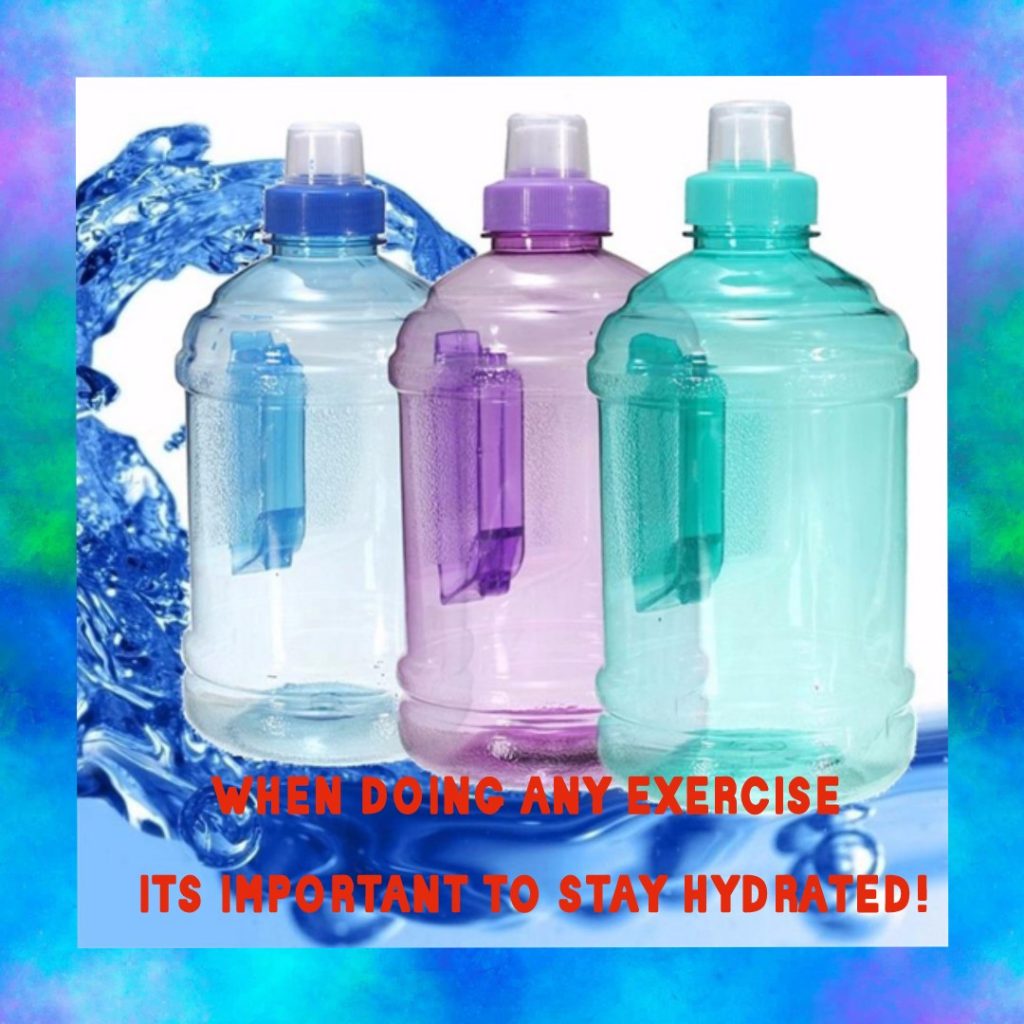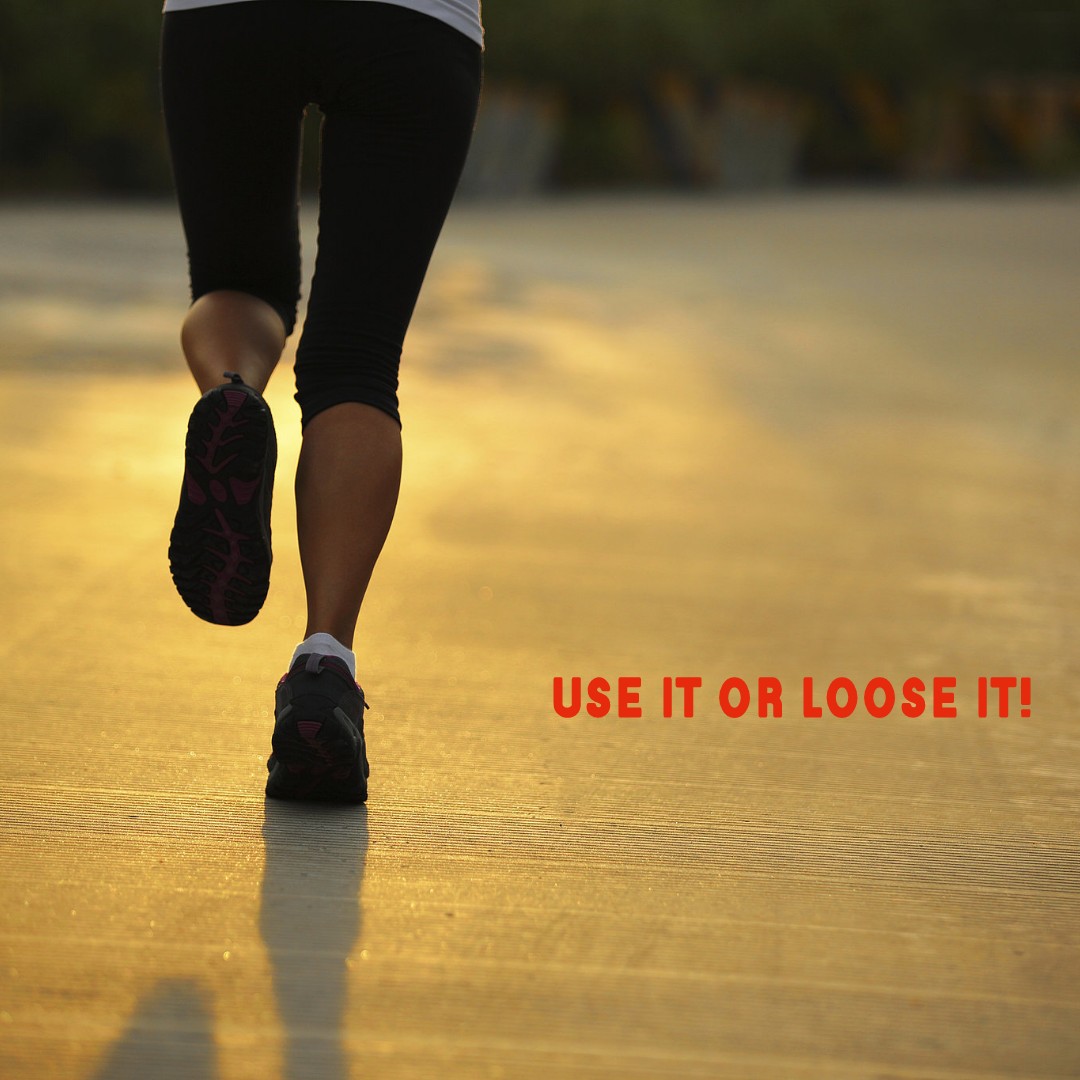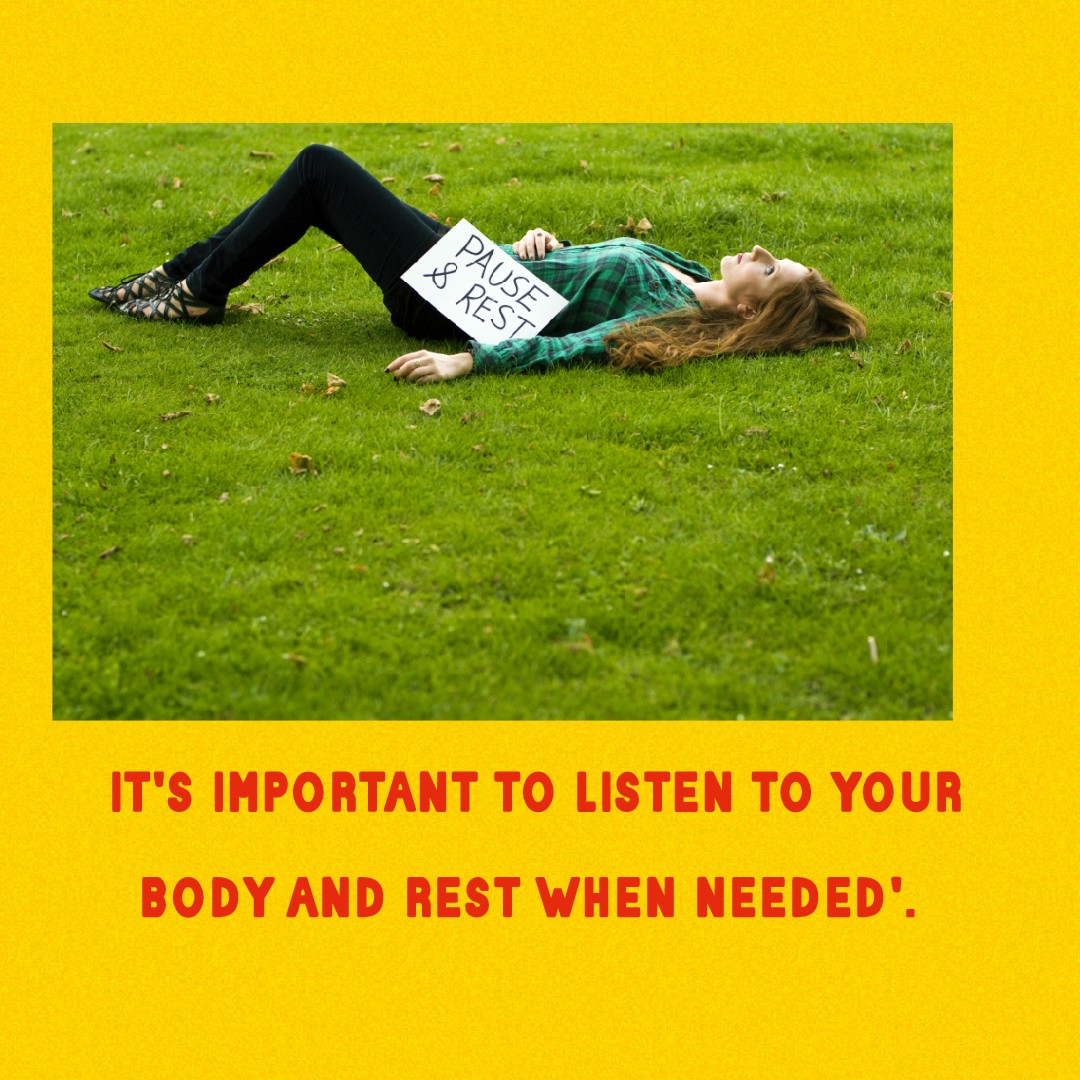Session 2 of the Neuromuscular centre course was with Paul, the clinical lead physio from the centre.
In Paul’s session, he discussed the benefits of exercise being:
Improved cardiovascular and muscular fitness, but stressed the importance of speaking to your Dr. especially if you have any health – issues -heart/lung issues before engaging in any new exercise regime or changing your exercise pattern.
*improved concentration and mental health.
*regular exercise can help reduce your risk of high blood pressure, coronary heart disease, stroke, diabetes and some cancers.
Paul then explained the 3 types of exercise the affect the body:
*steady heart rate – this is not too pressurising on the body as the heart maintains a steady, ryhthmic beat, such as brisk walking, jogging at a steady pace.
*Interval work out – taking part in a (zoom) class, bouts of increased heart rate followed by lower intensity exercise, getting your heart pumping, making you a bit warm.
*high intensity (interval) work out- some studies have found it to be beneficial and safe to perform on a regular basis with some types of muscular dystrophy. A short intense bout, such as circuit training (super fast pedalling), a short rest of 30 seconds to a minute, before hitting those pedals again and following the sequence.
It’s also important to remember to keep hydrated.
The next part discussed strength and Endurance exercises and the positive effects on the body, as well as stretching and flexibility and the implications not exercising, which were:
* shortened muscles, which can lead to restricted movement, weakened strength and poor muscle tone.
*low immunity and being more susceptible to infections.
*weaker muscles, which can lead to reduced bone density, poor balance and potential falls.
*constipation
Even stretching your arms as high as you can is good as it encourages fluidity of the myofascia. Moving and stretching becoming looser and more relaxed, easing movement helps muscles.
The world Health Organisation advises various time scales of exercising for healthy people, the recommendation for those with other health needs is the same as a non affected population. The general consensus from Bryn and Paul was to do as much as your body is able to and gradually try to increase over time.
Paul then moved onto pain. He said rather than jumping back into the deep end of your exercise routine, after an injury, it’s best to start small and gradually build your stamina and strength back up. As going headfirst into a high intensity exercise at the deep end may relapse your progress and cause stress and pain to your body.
There are 2 types of pain:
*acute – a short-term pain that will heal.
*chronic – a long-term pain lasting months or years and often affects a persons quality of life.
Paul explained about the NMC holistic approach to pain-relief.
As well as exercises, hydrotherapy can be highly beneficial as the warm water comforts the muscles, while the water elements of bouyancy (encouraging the body to float) and the water’s natural resistance, all gets the muscles to work hard.
The session was concluded by Paul. Discussing how social interaction improves mental health whether it’s taking part in a (zoom) course, calling a friend or seeking professional help. Mental health may not be visible, but may show itself on the physical body.
One of the great quotes from Paul: ‘Here, there are no limitations to what you can do’
For instance I am blind, have poor mobility and dystonia. In pre-covid days, I’d cycle on both the hand and leg bikes, a cross-trainer that mechanically stands you up. A fellow Mito warrior who has limited movement, finds the hydrotherapy pool very relaxing and freeing, proving that whatever your perceived limitations, you must always make the best of your abilities .
To find out more about the NMC services, go to: http://www.nmcentre.com/




